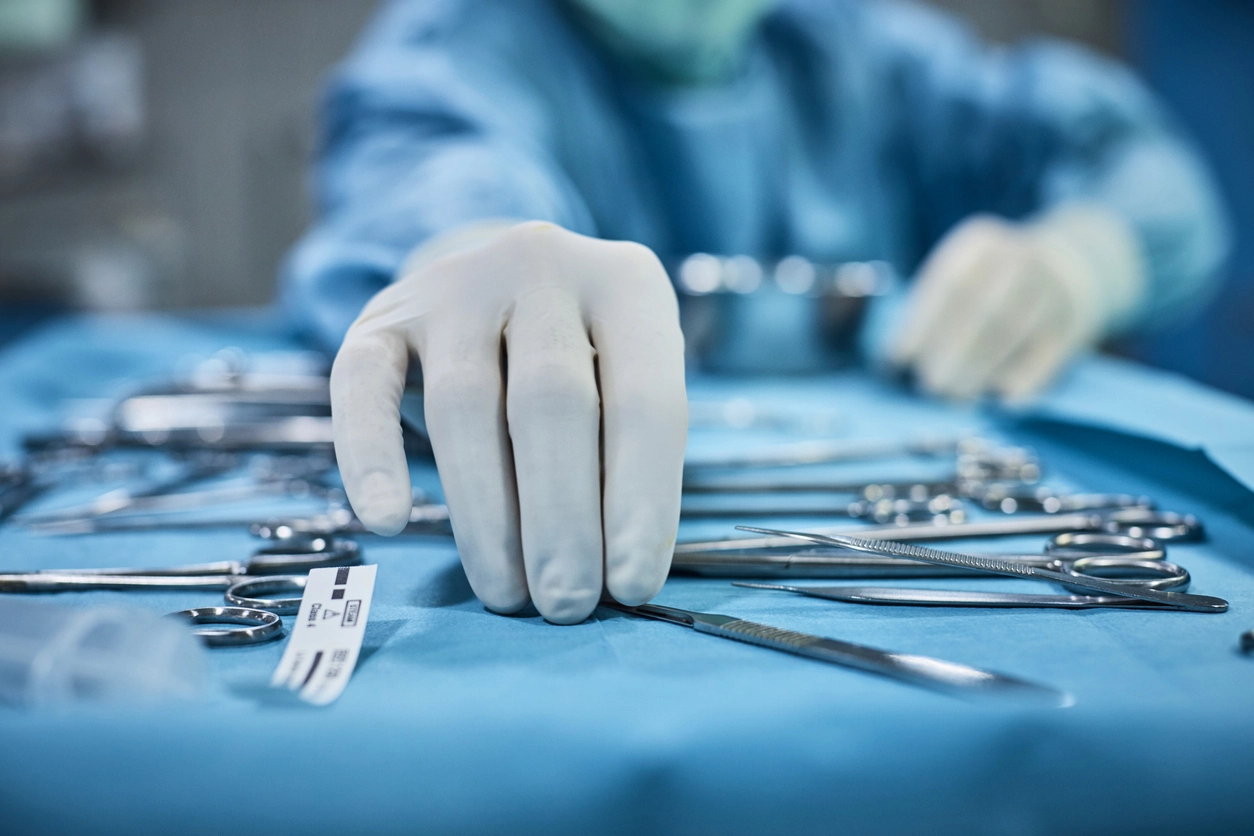
How Injection Molding is Used in the Medical Device Industry
Like every industry out there, the medical device field is continuously looking for ways to improve their processes’ efficiency and quality, while still lowering costs. However, with regulatory challenges and high standards, not just any process can be used.
By using metal injection molding for medical devices, healthcare organizations can ensure they’re getting the best price, while still producing the most quality products available.
What is Metal Injection Molding (MIM)?
Starting with the basics, what is metal injection molding?
At a high level, metal injection molding includes four steps – compounding the feedstock, molding the feedstock into complex shapes, binder removal, and then sintering. The MIM process produces highly complex and intricate parts through these steps.
For more detailed information on the basics of metal injection molding, check out our article: The Metal Injection Molding Process: A Comprehensive Guide.
The Role of Injection Molding in Medical Devices
Injection molding plays a critical role in the medical field. It offers quality, intricate parts at a high volume and low cost.
Typically, medical device injection molding creates three things:
- Surgical tools & instruments
- Implantable devices
- Diagnostic equipment components
1. Surgical Tools & Instruments
Any surgical instrument created needs to be precise and complex, yet cost-effective. Fortunately, metal injection molding for medical devices does just that.
Medical injection molding allows for the production of surgical tools and instruments with intricate shapes and precise dimensions that are essential for medical procedures. Since MIM parts can combine multiple components and geometries into a single piece, they tend to have increased strength and reliability.
Additionally, for high-volume production, metal injection molding offers significant cost savings over traditional manufacturing methods by using raw material more efficiently. This allows for reduced costs for a wide variety of surgical instruments from scalpels to clamps and forceps. Dental brackets are an excellent example of the benefits from metal injection molding, as they require high precision at volume on relatively small geometries.
2. Implantable Devices
The main concern for implantable devices such as orthopedic or dental implants is biocompatibility and customization.
Metal injection molding for medical devices allows for biocompatible materials that ensure safety and compatibility with the human body. Additionally, these materials allow for customization between patients – a critical part of dental implants specifically.
3. Diagnostic Equipment Components
When MIM is used for diagnostic equipment components, the parts must be intricate, precise, and complex – which injection molding excels in.
Diagnostic equipment is typically compact in size, with limited space for design. By using metal injection molding and combining multiple key components into a singular design, multiple functions can be integrated into one piece – reducing the need for additional parts and assembly.
Technical Considerations of Advanced Injection Molding for Medical Devices
Metal injection molding design involves two main technical considerations – mold and part design .
During the sinter process, the part is subject to a large percentage of shrinkage – so it must be accounted for in the mold design and considered in the final part’s design in order to minimize its effects.
Not only is the part susceptible to shrink, certain geometries (including cantilevered features and non-uniform wall sections) can be challenging for the MIM process if not designed properly. Therefore, design for manufacture (DFM) is of the utmost importance. One should consider the wall thickness, unsupported geometries, and total shrink rate ahead of time.
Advantages of Using Medical Device Injection Molding
There are several advantages to using medical device injection molding, including:
- High-volume production without sacrificing quality
- Producing complex shapes that may be impossible to create with traditional methods
- Cost-effectiveness for mass production when compared to machining
- Superior mechanical and surface finish relative to other processes
Challenges and Limitations of Injection Molding Medical Devices
However, with any process there are downfalls. There are a few challenges you may face if you’re looking to use injection molding for medical devices:
- Material limitations – while MIM materials may offer biocompatibility, some more commonly used materials in the medical field offer unique challenges for the MIM and sintering process.
- Quality control – the medical field requires a high level of quality assurance that may be challenging to meet, regardless of the manufacturing process you may choose.
- Regulatory considerations – compliance with medical standards isn’t an easy feat and may require overcoming obstacles.
Improving Quality & Efficiency with Injection Molding for Medical Devices
Today, nearly every industry has a goal around reducing costs while improving quality – the medical field isn’t excluded. While it’s more difficult to accomplish this than in other industries, it’s not impossible.
With medical injection molding, low prices and high quality can be achieved. To learn more about how injection molding can improve your processes, reach out to our team of experts at Alpha Precision Group.

